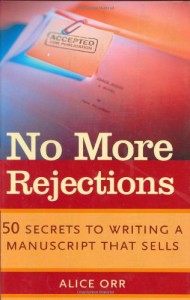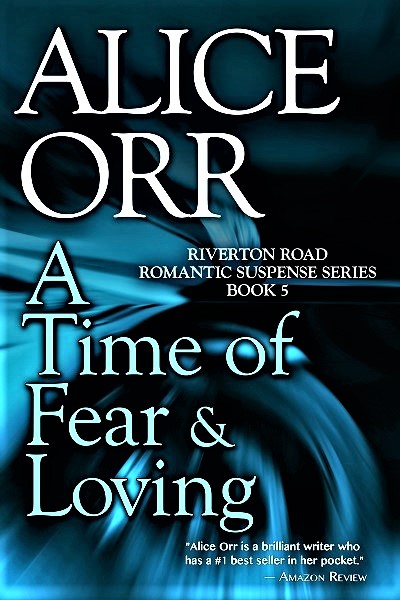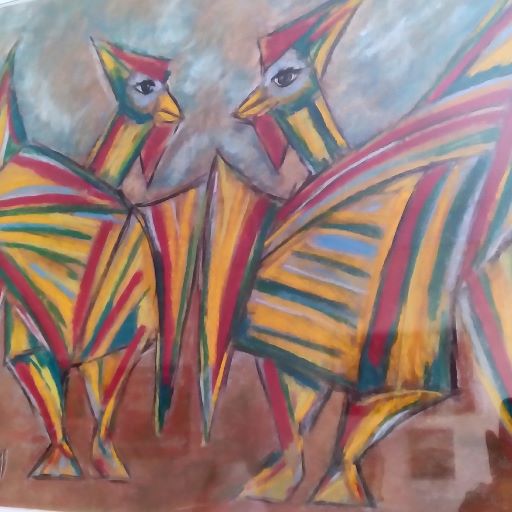What’s in Your Writer’s Closet? I last posted here two months ago. You might say I took a summer vacation. Now autumn approaches and I anticipate the invigoration of bracing evenings and new promise in the air. It’s time to get moving again. Time to check out where to begin.

An animal prepares to burrow in – out of the flow – at autumn time. Not so with humans. We are ready to reenter the flow. To shake off the humid torpor and plunge into the vitality of life. Writers are ready to plunge also. To re-engage our psyches and set loose our imaginations.
In his wonderful book On Writing, Stephen King offers good advice about that. Sit down every morning and do the work. Two-thousand words minimum. Or thousands more, if you can manage it. He is a taskmaster for sure. His career is evidence of the wisdom of the task.
Keep on writing whatever may occur. I’ve signed my own books with those words for many years. I cherish the phrase and the sentiment. I pass them on with every good wish in my heart, especially to beginners on this path. But what will you keep on writing as a new season begins?
A writer writes – whatever that may entail. Maybe not always a host of novel pages to start with. A writer may scribble ideas on notecards. A writer may fill journal pages when the morning gifts her with inspiration. A writer may stare at the wall and just imagine. It all counts.

For me the way back in led to a peek inside my writer’s closet. A writer’s closet is the place where we store the stories we gave up on. The stories we dropped in their tracks. The stories we abandoned when a shinier new idea came along. We all have a writer’s closet.
What I found in my writer’s closet was a story that hit a snag. When the going gets tough, the tough get going. Supposedly. The boulder in this particular writing road was a scene that didn’t work. It didn’t fit with what came before. I could have pressed on. Instead, I walked away.
Autumn inspires us to see old roads with new eyes. The spark of potential rekindles. Maybe not a full blaze at first. Maybe only a flash of light. We see it and feel it all the same. We rediscover a path we can dance again, possibly to an altered tune. I saw. I felt. I am dancing.

What’s in Your Writer’s Closet? Take a peek. Look for a story you might dance to again. Look for a story you already tingle to tackle each morning. A spark of potential recognized anew. You see it. You feel it. Your heart jumps. Your imagination stirs. You begin to dance.
Alice Orr – https://www.aliceorrbooks.com.
ASK ALICE Your Crucial Questions. What are you most eager to know – in your writing work and in your writer’s life? Ask that question in the Comments section following this post. Share your writer’s journey and inspire future posts.
Alice has published 16 novels, 3 novellas and a memoir so far. She wrote her nonfiction book No More Rejections: 50 Secrets to Writing a Manuscript that Sells as a gift to the writers’ community. Her latest novel – A Time of Fear & Loving – Riverton Road Romantic Suspense Series Book 5 – is available HERE.

Praise for A Time of Fear & Loving: “Alice Orr is the queen of ramped-up stakes and page-turning suspense.” “Warning. Don’t read before bed. You won’t want to sleep.” “The tension in this novel is through the roof.” “I never want an Alice Orr book to end.” “The best one yet!”
Look for all of Alice’s books HERE.
https://www.facebook.com/aliceorrwriter
http://twitter.com/AliceOrrBooks/
http://goodreads.com/aliceorr/
http://pinterest.com/aliceorrwriter/





